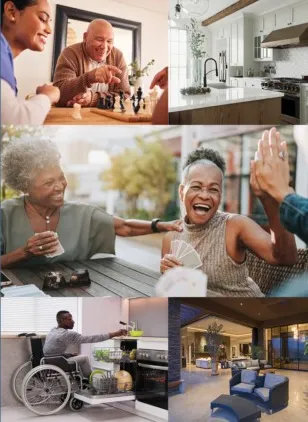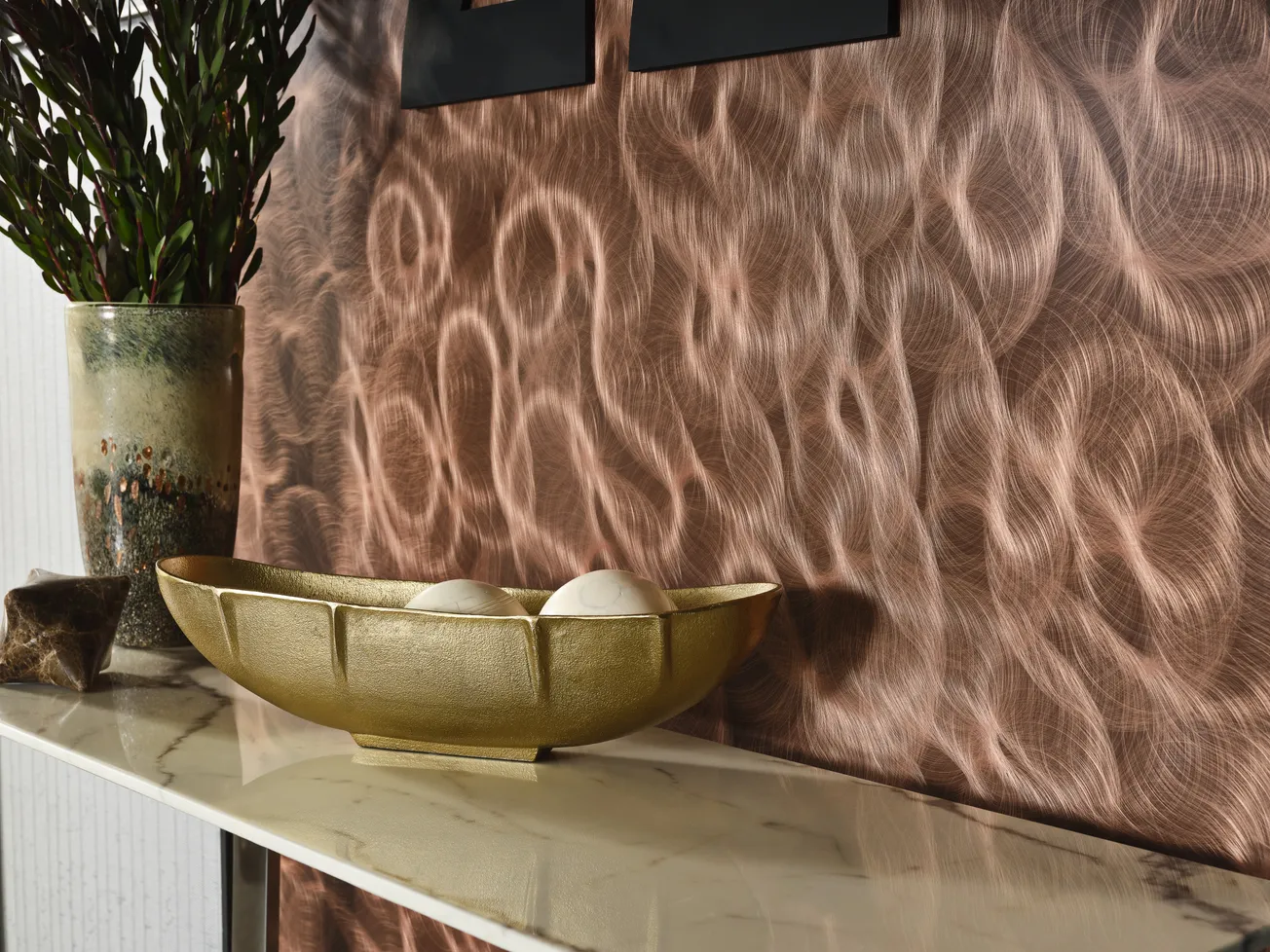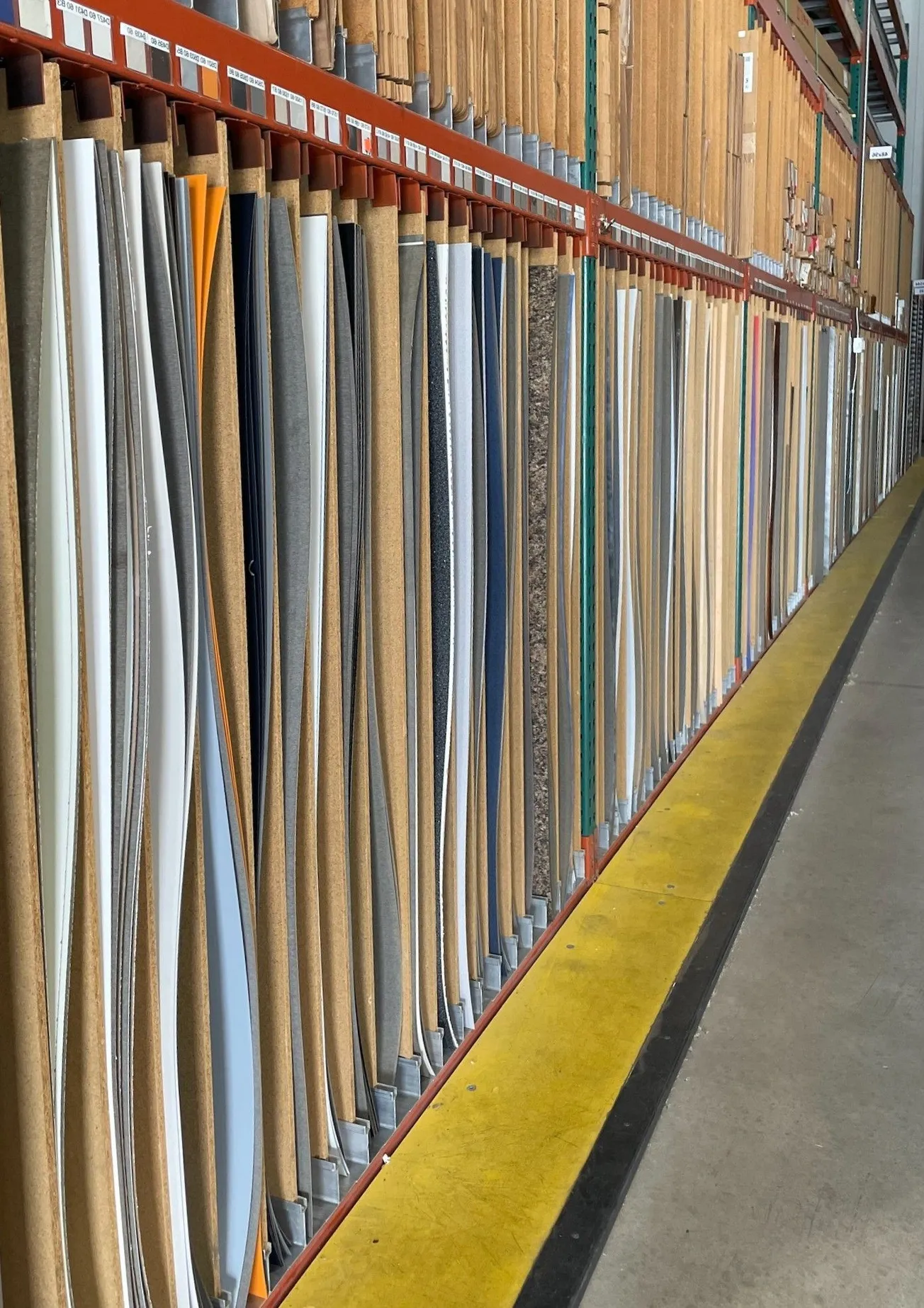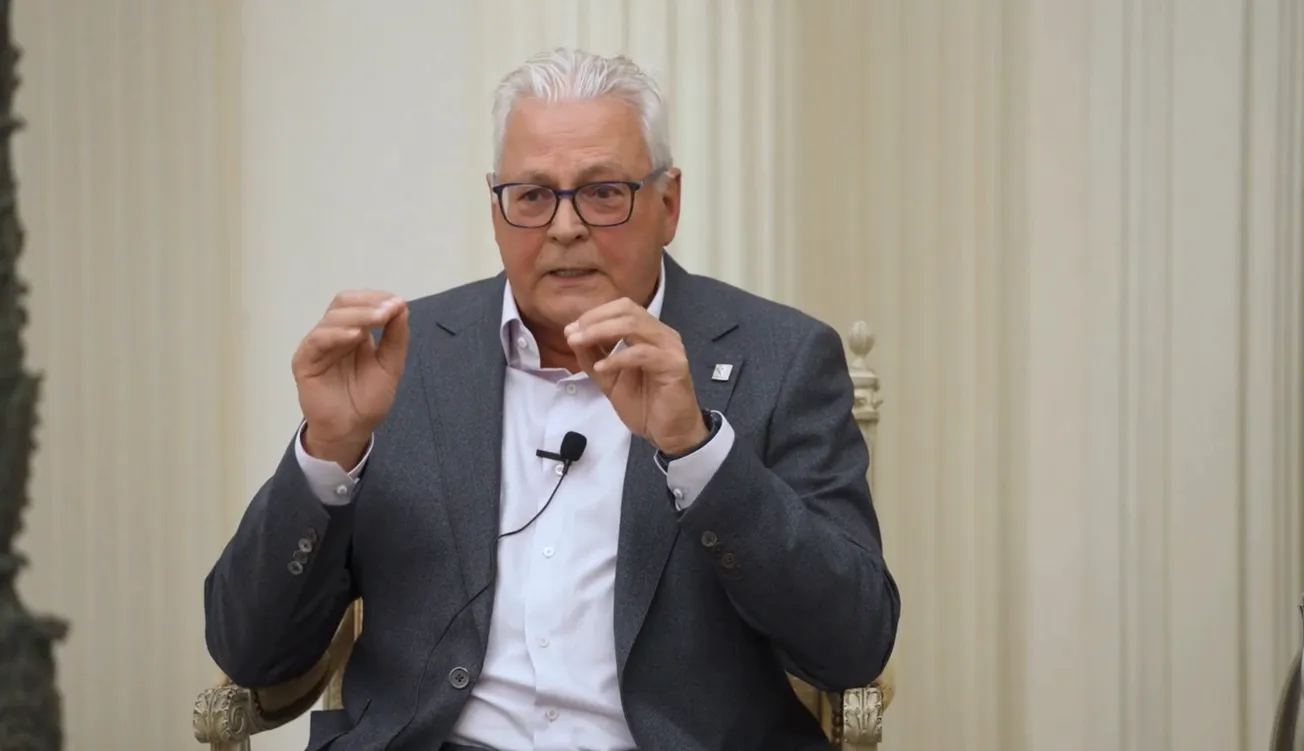Table of Contents
In response to the needs of an aging population and the increasing demand for inclusive residential environments, the American Society of Interior Designers (ASID) has released “Reimagining Aging: A New Way Forward for Adaptive Living in the Home.”
This forward-looking design guide empowers interior design professionals with an evidence-based framework that transforms how we think about home design — through the lenses of spatial equity, universal design, and adaptive functionality.
Developed by ASID’s Universal Design Committee as a follow-up to the “Senior Living Resource Guide,” the new adaptive living resource addresses the critical need for design strategies that support independence, connection, and well-being across the lifespan.
“Design is not just about aesthetics — it’s about dignity," said Khoi Vo, president and CEO of ASID. “Reimagining Aging: A New Way Forward for Adaptive Living in the Home’ is a call to action for designers to lead in creating homes that evolve with people’s needs — supporting independence, reducing isolation, and enabling wellness through thoughtful, inclusive environments.”
Grounded in human-centered research, the guide introduces eight key principles that help designers create spaces that are not only functional and beautiful, but also deeply responsive to the needs of aging and diverse populations. These eight adaptive design principles include:
Design for Autonomy, foster independence, and reduce risks of injury.
Design to Alleviate Isolation, employ design strategies that reduce physical isolation; isolation has been linked to mental decline and can lead to higher risks of dementia.
Design to Prioritize Connectivity, use technology to facilitate engagement even when direct physical connection is not an option.
Design to Facilitate Engagement, proactively support social engagement through varying means to avoid the impacts of isolation.
Design to Integrate Wellness, develop a holistic approach to incorporate indoor and outdoor wellness in daily living.
Design to Elevate Building Systems, reduce the physical barriers to aging at home, and support environmental health and comfort.
Design to Emphasize Attainability, use design tools to address financial barriers and the feasibility of aging-in-place.
Design to Lead Stakeholder Collaboration, establish an early dialogue with the community, trade partners, and clients on the fundamental design strategies that support aging-in-place.
The guide also features real-life personas that reflect diverse household needs and challenges — offering personalized, modular solutions for key areas of the home such as kitchens, bathrooms, entries, and living spaces. These vignettes bring the guide’s principles to life — demonstrating how adaptability and aesthetic excellence can coexist.
More than a toolkit, “Reimagining Aging” is a call to leadership, positioning designers as key partners in shaping a future where every home can evolve with its inhabitants. Rooted in wellness, independence, and dignity, the guide invites cross-sector collaboration to design environments that support all people at all stages of life.
ASID’s Universal Design Committee, (previously the Adaptive Living Task Force), was established in 2020 in response to the COVID-19 health crisis to address the real-time design challenges in commercial senior living complexes. The Universal Design Committee includes a diverse group of designers dedicated to exploring a way forward for adaptive living solutions. The team includes ASID-nominated design professionals across North America: Chair Alison Faecher, ASID, NCIDQ, EDAC, LEED AP; Chair-Elect Perrin Graham-Jackson, ASID Associate; National Board Liaison Ruju Jasani, ASID, IIDA, NCIDQ, SEED; Angeline Aradanas-Hall, ASID; Emily Cerny, ASID; Adriana Dawley, Jillian Hersey, ASID Allied, IIDA; Caroline Kent, NCIDQ; Joanna Luh, ASID, NCIDQ; Kimberly Morris Race, ASID, IIDA,NCIDQ, CID, CMKBD; and Crystal Reeves, ASID, RID.
The Adaptive Living Guide is now available for download to ASID members and non-members on the ASID website










